How Does Forest Management Benefit Ecosystems
- August 7, 2024
- 0 comment
Forest ecosystems are intricate, dynamic communities of plants, animals, and microorganisms interacting with their physical environment. These ecosystems provide essential services such as carbon sequestration, water purification, soil stabilization, and habitat for countless species.

Effective forest management plays a pivotal role in maintaining these vital functions and ensuring the health and sustainability of forest ecosystems. Therefore, based on studies explore the importance of forest management in preserving healthy forest ecosystems, examining key strategies, challenges, and benefits associated with this critical practice.
Understanding How is Forest Management Important to a Healthy Forest Ecosystem
Forest management encompasses a range of practices and strategies aimed at maintaining and enhancing the health, productivity, and biodiversity of forest ecosystems. It involves the careful planning and implementation of activities such as tree planting, selective logging, pest control, fire management, and conservation of wildlife habitats. The primary goal of forest management is to balance the ecological, economic, and social functions of forests to ensure their sustainability for future generations.
What Constitutes a Healthy Forest Ecosystem?
Forest management entails the strategic application of diverse techniques and practices to achieve specific environmental, economic, and social goals. These practices encompass the meticulous planning and execution of activities such as planting, thinning, controlled burning, and harvesting. The primary objective of effective forest management is to balance the demand for resource extraction with the preservation of ecological integrity and biodiversity.
The Role of Forest Management in a Healthy Forest Ecosystem
Maintaining Species Diversity
One of the primary goals of forest management is to maintain and enhance species diversity within forest ecosystems. Forest managers can create environments that support a wide range of wildlife by managing habitats and ensuring a mix of tree species and ages. This diversity is crucial for ecosystem resilience, as it allows forests to better withstand environmental changes and disturbances.
Protecting Endangered Species
Forest management practices often include measures to protect endangered species and their habitats. This can involve setting aside protected areas, restoring degraded habitats, and implementing conservation plans tailored to the needs of specific species. By prioritizing the preservation of endangered species, forest management helps maintain the overall health and balance of the ecosystem.
Preventing and Mitigating Wildfires

- The Importance of Controlled Burns: Controlled burns, also known as prescribed fires, are a critical tool in forest management. These intentionally set, carefully monitored fires help reduce the accumulation of dead wood, leaf litter, and other combustible materials that can fuel large, uncontrollable wildfires. By regularly conducting controlled burns, forest managers can lower the risk of catastrophic wildfires, protect human communities, and maintain the health of the forest ecosystem.
- Firebreaks and Fuel Management: Creating firebreaks—strips of land cleared of vegetation—can also help prevent the spread of wildfires. In addition, fuel management practices such as thinning dense stands of trees and removing underbrush reduce the amount of flammable material in forests. These strategies are essential for minimizing wildfire risk and promoting a resilient forest ecosystem.
Sustainable Resource Management
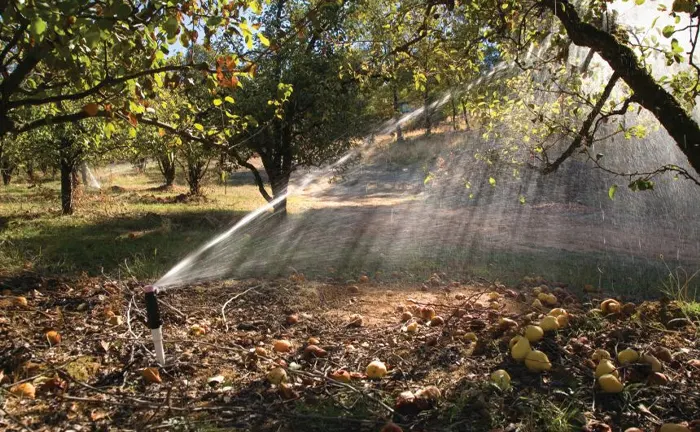
- Balancing Timber Production and Conservation: Forest management aims to balance timber production with conservation efforts. By adopting sustainable harvesting practices, such as selective logging and clear-cutting in small, controlled areas, forest managers can ensure that timber extraction does not compromise the health of the ecosystem. Sustainable forestry practices also include replanting harvested areas to maintain forest cover and biodiversity.
- Non-Timber Forest Products: In addition to timber, forests provide a variety of non-timber products, such as fruits, nuts, medicinal plants, and resins. Forest management supports the sustainable extraction of these resources, ensuring that they are available for future generations while preserving the ecological balance of the forest.
Enhancing Ecosystem Services
- Watershed Protection: Forests play a crucial role in protecting watersheds and maintaining water quality. Forest management practices that preserve vegetation cover and soil structure help regulate water flow, reduce erosion, and filter pollutants. Healthy forests act as natural water reservoirs, providing clean water for both wildlife and human use.
- Carbon Sequestration and Climate Regulation: Forests are significant carbon sinks, absorbing carbon dioxide from the atmosphere and helping to mitigate climate change. Effective forest management enhances this function by promoting the growth of healthy trees and preventing deforestation. By managing forests sustainably, we can maximize their capacity to sequester carbon and contribute to global climate regulation.
Addressing Invasive Species
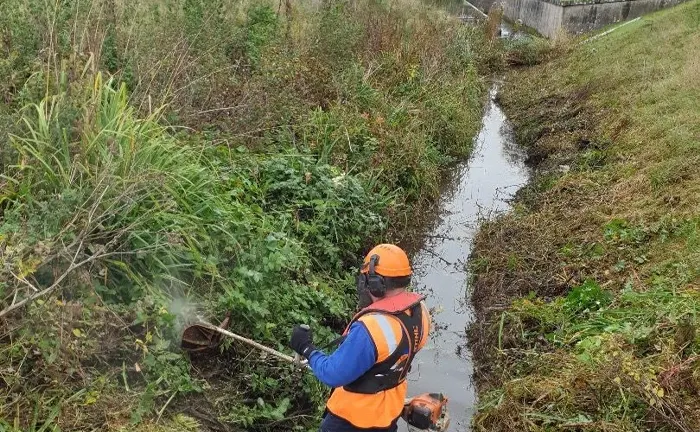
- Monitoring and Control: Invasive species pose a significant threat to forest ecosystems by outcompeting native species and disrupting ecological balance. Forest management involves monitoring for invasive species and implementing control measures to prevent their spread. This can include mechanical removal, chemical treatments, and biological control methods.
- Restoring Native Vegetation: Restoring native vegetation is another important aspect of forest management. By reintroducing native plants and trees, forest managers can enhance biodiversity, support native wildlife, and improve the overall health of the ecosystem. Restoration efforts often involve community participation and collaboration with conservation organizations.
Community Involvement and Education

- Engaging Local Communities: Effective forest management requires the involvement of local communities. Engaging communities in management activities, such as tree planting, monitoring, and conservation projects, fosters a sense of ownership and responsibility for the health of the forest. Community involvement also helps ensure that management practices are culturally appropriate and socially acceptable.
- Environmental Education: Education is a key component of forest management. By raising awareness about the importance of forests and sustainable management practices, we can inspire individuals and communities to take action. Environmental education programs can be implemented in schools, community centers, and through media campaigns to reach a wide audience.
The Role of Technology in Forest Management
Remote Sensing and GIS
Technological advancements, such as remote sensing and Geographic Information Systems (GIS), have revolutionized forest management. These tools allow for the monitoring and analysis of forest conditions, enabling more effective planning and decision-making. Remote sensing provides valuable data on forest health, tree density, and land use changes, while GIS helps visualize and manage this information.
Drones and Precision Forestry
Drones are increasingly used in forest management for tasks such as mapping, monitoring, and assessing forest health. Equipped with cameras and sensors, drones can quickly gather data over large areas, providing real-time information on forest conditions. Precision forestry, which uses data-driven approaches to optimize management practices, enhances the efficiency and effectiveness of forest management.
Challenges in Forest Management
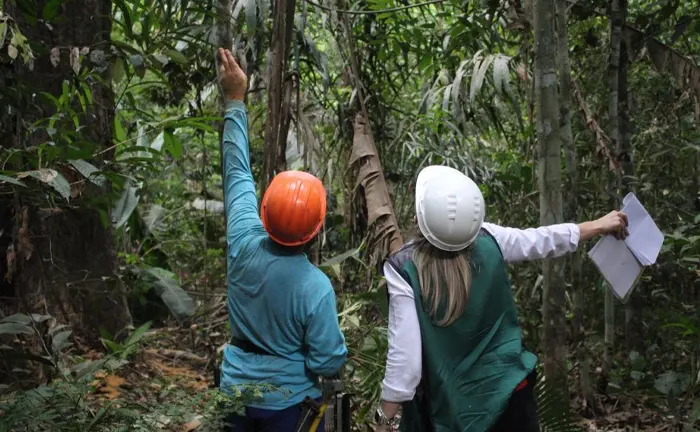
- Climate Change: Climate change presents significant challenges to forest management. Rising temperatures, altered precipitation patterns, and increased frequency of extreme weather events can impact forest health and resilience. Forest managers must adapt their practices to address these challenges, incorporating strategies such as assisted migration and climate-resilient species selection.
- Economic Pressures: Economic pressures, such as demand for timber and land for agriculture, can threaten sustainable forest management. Balancing economic interests with conservation goals requires careful planning and the implementation of policies that promote sustainable resource use. Incentives for sustainable practices and support for alternative livelihoods can help alleviate economic pressures on forests.
- Political and Regulatory Issues: Political and regulatory issues can also impact forest management. Policies and regulations must be aligned with sustainable management objectives to ensure the protection and preservation of forest ecosystems. This requires collaboration between governments, non-governmental organizations, and local communities to develop and enforce effective management frameworks.
Future Directions in Forest Management

- Integrated Landscape Management: Integrated landscape management approaches consider the interconnectedness of forests with other land uses, such as agriculture and urban development. By taking a holistic view, forest managers can develop strategies that address multiple objectives, such as biodiversity conservation, water management, and sustainable livelihoods.
- Innovative Conservation Strategies: Innovative conservation strategies, such as payment for ecosystem services and community-based conservation, are gaining traction in forest management. These approaches provide financial incentives for conservation efforts and empower local communities to take an active role in managing their forests. By exploring and implementing new strategies, we can enhance the effectiveness of forest management.
- International Cooperation: International cooperation is essential for addressing global challenges in forest management. Transboundary conservation initiatives, knowledge exchange, and capacity-building programs can support sustainable forest management worldwide. Collaborative efforts between countries and international organizations can help protect forest ecosystems and promote sustainable development.
Forest Management Practices for Different Forest Types
Tropical Forests
Tropical forests are incredibly biodiverse and require specific management practices to maintain their health. These practices include protecting primary forests, promoting agroforestry, and supporting sustainable logging. Conservation efforts in tropical forests often focus on preventing deforestation and preserving critical habitats.
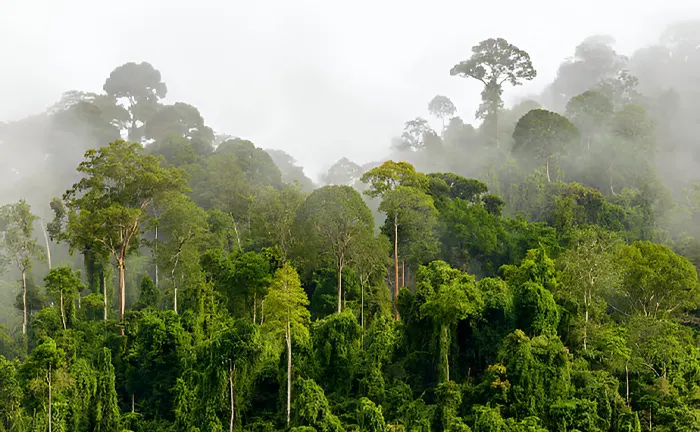
Temperate Forests
Temperate forests, found in regions with moderate climates, are managed through practices such as selective logging, reforestation, and controlled burns. These forests benefit from management strategies that maintain a mix of tree species and ages, supporting diverse wildlife and ensuring ecosystem resilience.

Boreal Forests
Boreal forests, located in high northern latitudes, are managed to balance timber production with conservation. Practices such as clear-cutting in small patches, promoting natural regeneration, and protecting old-growth forests are common. Boreal forest management also addresses challenges related to climate change and wildfire risk.

Urban Forests
Urban forests, found in cities and towns, provide essential ecosystem services such as air purification, temperature regulation, and recreational spaces. Urban forest management focuses on tree planting, maintenance, and protection from pests and diseases. Engaging communities in urban forestry initiatives is key to ensuring the health and sustainability of these green spaces.

Concluding Thoughts
Forest management is fundamental to the health and sustainability of forest ecosystems. Through practices such as sustainable logging, reforestation, pest management, fire control, and biodiversity conservation, forest management ensures the continued provision of essential ecosystem services. Despite challenges such as climate change, deforestation, and economic pressures, effective forest management offers significant benefits for biodiversity, climate mitigation, water regulation, soil health, and human well-being in the forests. By prioritizing sustainable practices and engaging communities in conservation efforts, we can safeguard the future of our forests and the myriad of life forms they support.
FAQs
- How does forest management help the environment?
Forest management helps the environment by promoting sustainable practices that enhance tree growth, prevent wildfires, and reduce carbon emissions. - Why is forest management so important to a healthy forest ecosystem?
Forest management is vital for a healthy forest ecosystem as it maintains forest health through pest control, species diversity, and sustainable harvesting. - What are the benefits of a forest management plan?
A forest management plan increases biodiversity, improves timber quality, enhances wildlife habitats, and supports long-term economic gains. - What are the environmental benefits of maintaining forest ecosystems?
Maintaining forest ecosystems improves air quality, purifies water, prevents soil erosion, and preserves habitats, aiding in climate change mitigation. - How does forest management affect biodiversity?
Forest management promotes biodiversity by encouraging a variety of tree species, creating diverse wildlife habitats, and preventing invasive species spread.
We’d love to hear from you! Share your personal experiences and thoughts about how forest management is important to a healthy forest ecosystem in the comments section below. Your insights could help others understand and appreciate the value of sustainable forest practices!

Gilbert Griffin
Forestry AuthorGilbert Griffin is a forest management expert specializing in sustainable practices, forest health, conservation, and land management. With extensive knowledge in pest control, disease management, and habitat restoration, Gilbert develops strategies to preserve forest ecosystems and biodiversity. Passionate about the natural world, Gilbert adapts to changes in forest management and stays updated through continuous learning. Gilbert also provides seasonal advice to optimize forest care throughout the year.





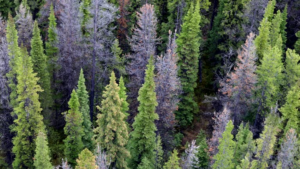






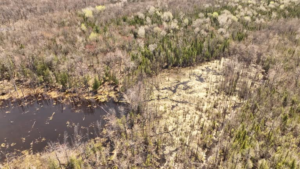
Leave your comment